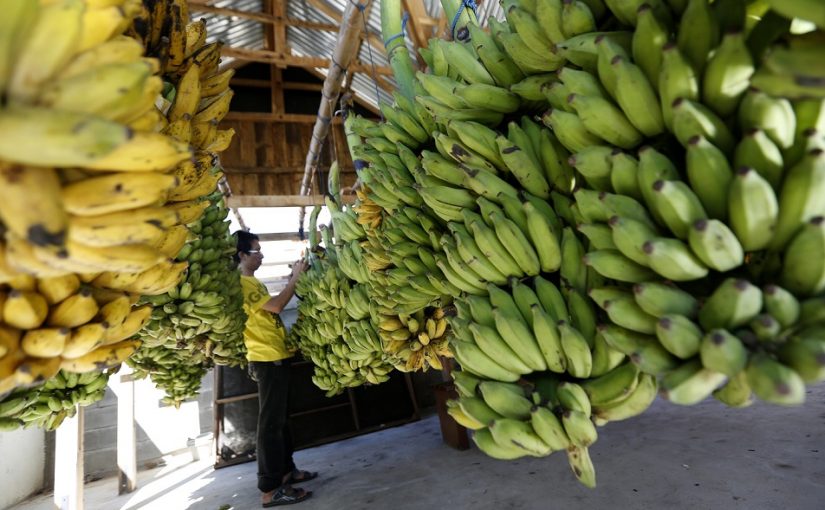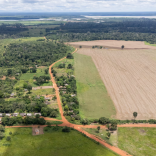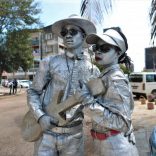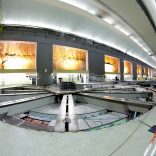Chilean wines boom in Brazil as tariffs dampen US demand
Portugal: Aveiro University scientists find banana peel cleans polluted water

File photo: Lusa
A team of researchers from the University of Aveiro discovered that banana peels are efficient in treating water contaminated by heavy metals, the University announced on Tuesday.
Made up of cellulose, lignin and hemicellulose, materials with functional groups that capture mercury from water, the research group also found that banana peels are effective in removing other toxic metals such as lead or cadmium.
In the specific case of mercury, the peels “are the champions of cleaning,” explains researcher Elaine Fabre, and “what differentiates them from other biological materials [which are also made up of cellulose, lignin and hemicellulose] is that they are richer in sulphur groups and mercury has a high affinity for that element.
That’s why, she reveals, “these skins are so efficient in removing mercury from water.
Researchers estimate that to treat 100 litres of water contaminated with 0.05 milligrams of mercury, and to reach the permitted concentration for drinking water of 0.001 milligrams of mercury per litre, only 291 grams of skin would be needed.
The application of banana peel for removal of mercury through sorption processes – processes involving the retention of a compound of a fluid phase on the surface of a solid – can be performed in waste water treatment plants, in industrial effluents, or even in any other system containing contaminated water.
To this end, scientists in Aveiro assure that it is sufficient to place the skins in contact with the contaminated water for a certain period of time.
The peel has already been tested in several real systems, with tap water, sea water or industrial effluent water, and in the presence of many other elements besides heavy metals, and in all cases the peel has proved to be effective.
“The results show a very promising potential in the application of peel in real systems,” points out the researcher.
The work with banana peels involved, besides Elaine Fabre, researcher of the Centre for Environmental and Sea Studies (CESAM), CICECO – Institute of Materials of Aveiro and LAQV -REQUIMTE, scientists Cláudia Lopes, Eduarda Pereira, Carlos Silva, Carlos Vale, Paula Figueira and Bruno Henriques.













Leave a Reply
Be the First to Comment!
You must be logged in to post a comment.
You must be logged in to post a comment.